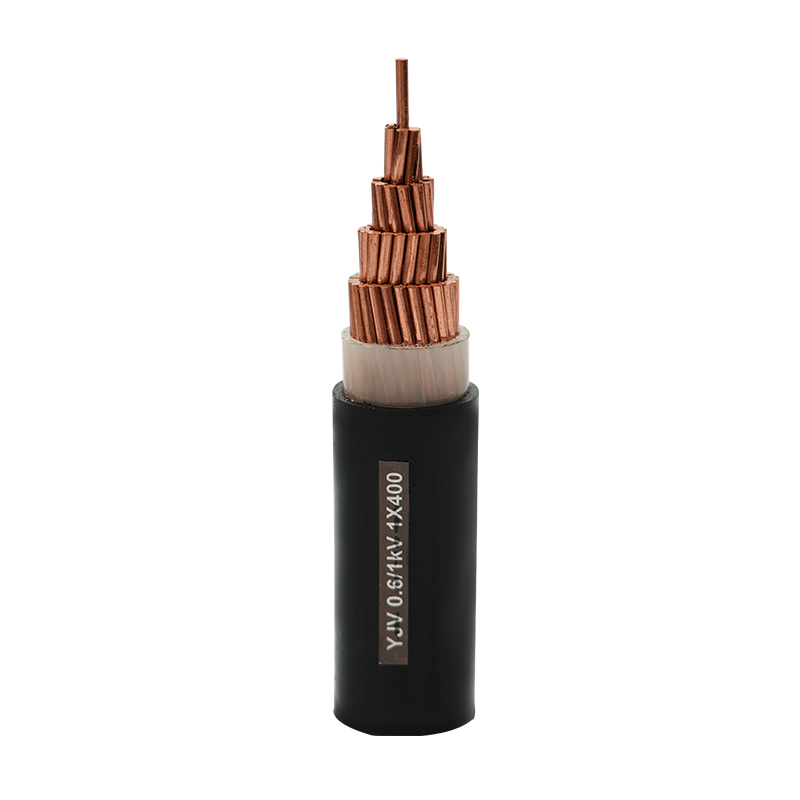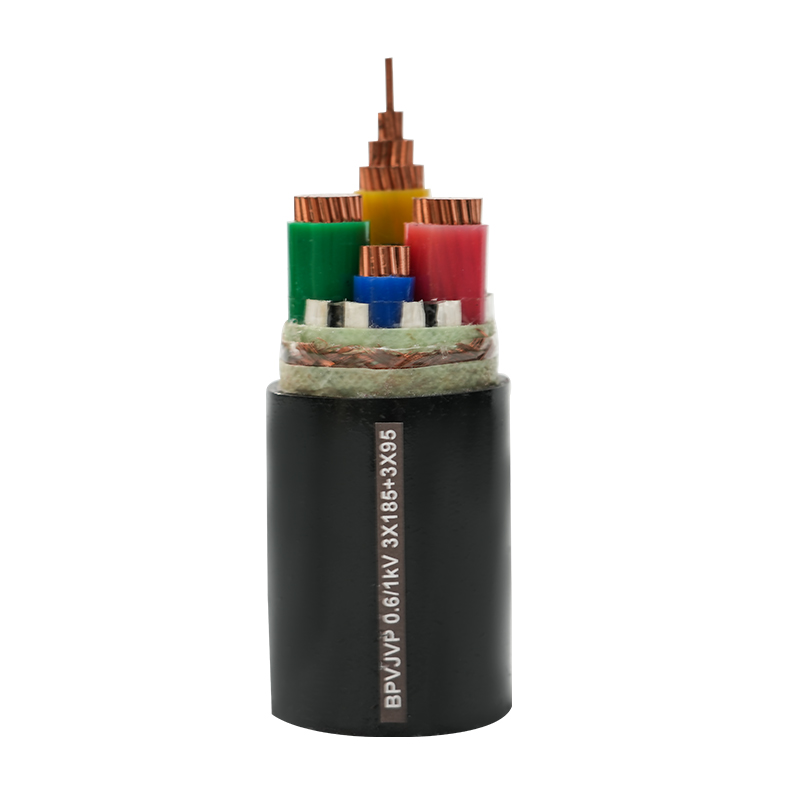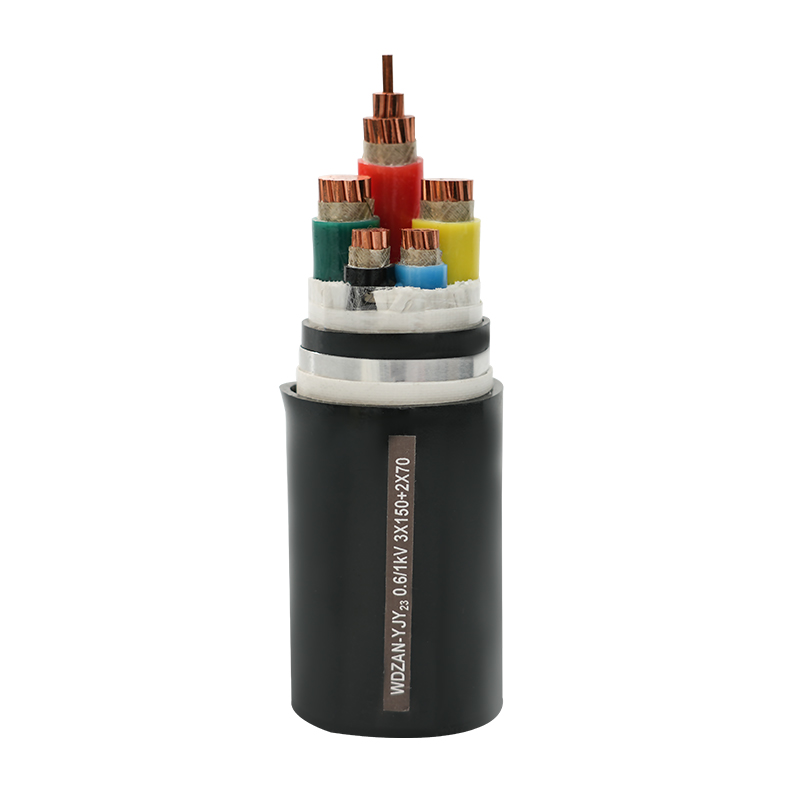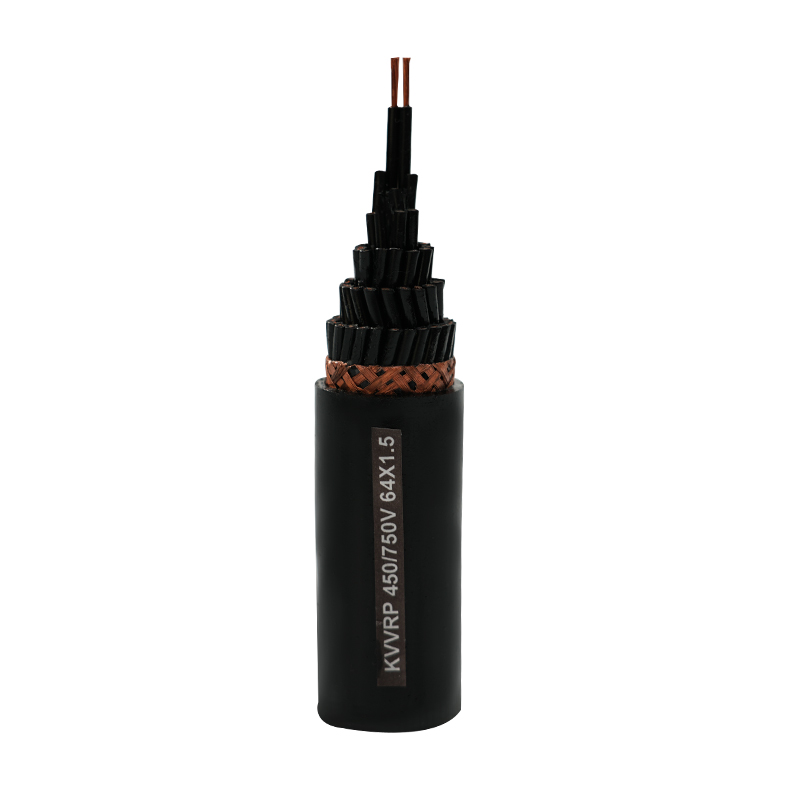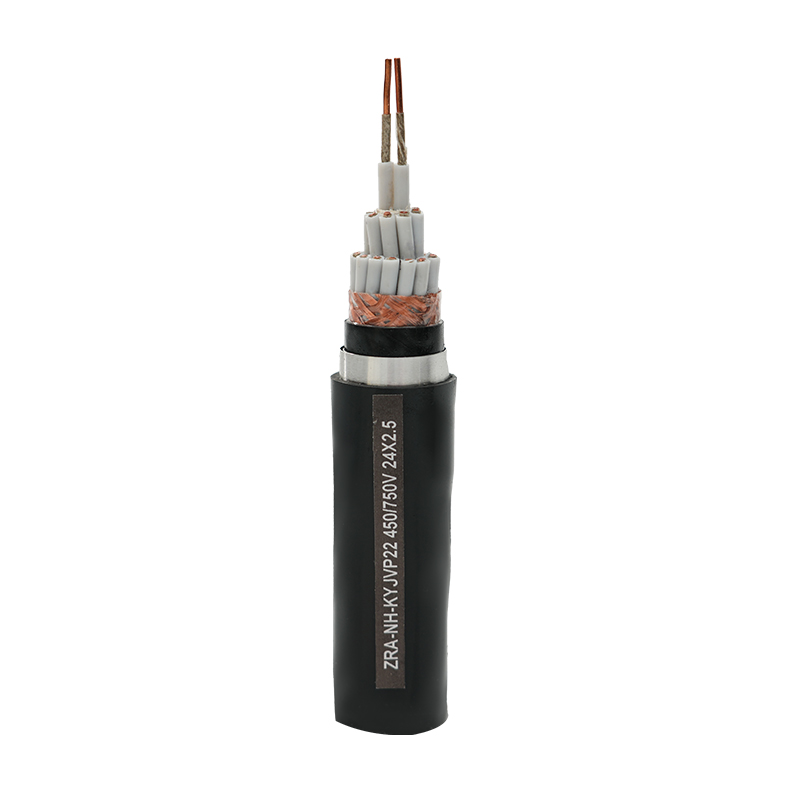Why low-voltage lighting cables for film production sets are essential
In modern film production environments, the use of low-voltage lighting cables on production sets has grown tremendously, driven by the need for flexible setups and reduced heat output around cameras and talent. When lighting designers specify cables rated for lower voltages, they benefit from easier handling, lighter weight and less risk of heavy current draw that can impact other equipment. On a film set where mobility, safety and fast change-overs are paramount, selecting the correct low-voltage lighting cable becomes one of the foundational decisions behind a smooth-running shoot. Moreover, these cables often integrate features such as flexible insulation and reinforced outer jackets, which allow them to snake across a studio floor, wrap around lighting stands or rigging without becoming a trip hazard or an impedance to rapid deployment. In short, when your film production demands agility, safety and reliable power delivery for LED panels, soft lights and tungsten fixtures alike, the choice of low-voltage lighting cables is not incidental — it is critical to operational success.
Why television studios need heavy-duty Camlock lighting cables
Television studios present a different set of pressures compared to run-and-gun film shoots. In a live broadcast environment or a multi-camera setup that must operate without interruption, heavy-duty Camlock lighting cables serve as the backbone of the power distribution system. These cables, often with locking connectors and robust insulation, facilitate quick connection and disconnection of multiple lighting banks, allow for high currents to flow safely and help production teams maintain uptime during extended studio sessions. Given the size of lighting arrays in modern studios — encompassing large-format soft boxes, overhead grids and automated moving lights — the cable infrastructure must support not only high current but also continuous use under hot conditions and constant change-out of fixtures. A heavy-duty Camlock lighting cable system is therefore pivotal for TV studios aiming for operational resilience, streamlined load-in/load-out routines and compliance with industry safety standards.
Selecting fire-retardant lighting cable reels for motion-picture lighting
When shooting for motion pictures, especially on location or in temporary studio shells, a significant risk arises from power cables laid across floors, catwalks and cable trays that may become entangled, damaged or overheated. Opting for fire-retardant lighting cable reels — designed specifically for motion-picture lighting environments — mitigates these hazards. These cable reels typically are manufactured with insulation that resists flame propagation, maintains integrity under continuous load and includes markings that meet regulatory requirements. They also allow production crews to deploy long cable lengths and retract them quickly between takes, reducing clutter and trip-hazard risk. Beyond safety, the use of cable reels with fire-retardant properties ensures that the lighting department can adapt quickly to new lighting layouts, power distribution changes or set reconfigurations without compromising on safety or efficiency.
How custom-length lighting power cables benefit tv broadcast studios
Standard off-the-shelf lighting power cables often come in fixed lengths, but television broadcast studios frequently require custom-length cables to match specific studio layouts, grid heights and lighting fixture placements. By choosing custom-length lighting power cables, studios reduce excess slack that must be coiled and managed, minimize signal interference risk and optimize their cable management workflows. Custom lengths also mean fewer splices, less need for intermediate junctions and reduced material waste, all of which translate into cleaner staging areas and fewer obstacles during lighting changes. This tailored approach to cabling aligns with the high demands of broadcast schedules, where every minute of downtime matters and cable clutter can slow a production or introduce safety concerns.
Advantages and challenges of rentable lighting distribution cables for film and television shoots
In the world of film and television production, equipment rental is a common strategy to manage budget constraints, minimize ownership costs and access the latest gear when needed. Rentable lighting distribution cables provide tremendous flexibility: production teams can scale the number of cables to match the size of the set or studio, access specialized cable types only when required and avoid long-term storage and maintenance. However, there are challenges to this approach: rental cables may arrive with unknown usage history, may require inspection for wear and tear, and logistics of return and dispatch must be managed carefully. Moreover, producers must ensure that the rental supplier maintains high-quality cable infrastructure to avoid downtime. Balancing these advantages and challenges, the decision to rent rather than purchase lighting distribution cables must align with the overall production strategy, timeline demands and the reliability expectations of the lighting department.
Key criteria when selecting a lighting-cable supplier
Given the variety of lighting cable types and the different demands of film vs. television productions, selecting a reliable lighting-cable supplier becomes a strategic decision. First, the supplier should demonstrate a deep understanding of the entertainment-industry power requirements, including ratings for flame resistance, flexible jacket types and appropriate connectors. Second, they must provide cables certified to relevant safety standards, with traceable voltage and current ratings, and clear documentation on cable life-cycle and testing. Third, logistical support is critical: the supplier must be able to deliver to studios or remote sets on schedule, provide inspection and maintenance records and handle returns or exchanges smoothly. Finally, a flexible inventory — including low-voltage, heavy-duty Camlock, custom-length and recyclable/re-rent cables — gives production teams the agility to adapt. Evaluating potential suppliers against these criteria helps ensure that the lighting infrastructure supports creative vision, safety protocols and budgetary constraints.
Emerging trends for lighting cables in film and TV production
Looking ahead, the demand for lighting cables in film and television production is evolving as LED fixtures become more powerful, wireless lighting control systems proliferate and sustainability considerations rise. We are seeing a greater focus on cables with higher current-carrying capacity but lighter weight, insulation materials that are recyclable or lower in environmental impact and cable systems designed for rapid deployment and teardown. Moreover, as multi-camera streaming productions and virtual studio workflows expand, the need for highly flexible, modular and safe lighting cable systems will increase. Production teams that anticipate these shifts — by specifying cable infrastructure that supports future lighting technologies, responsive layouts and sustainable practices — will gain operational advantages and reduce long-term costs.

 English
English 中文简体
中文简体 русский
русский عربى
عربى